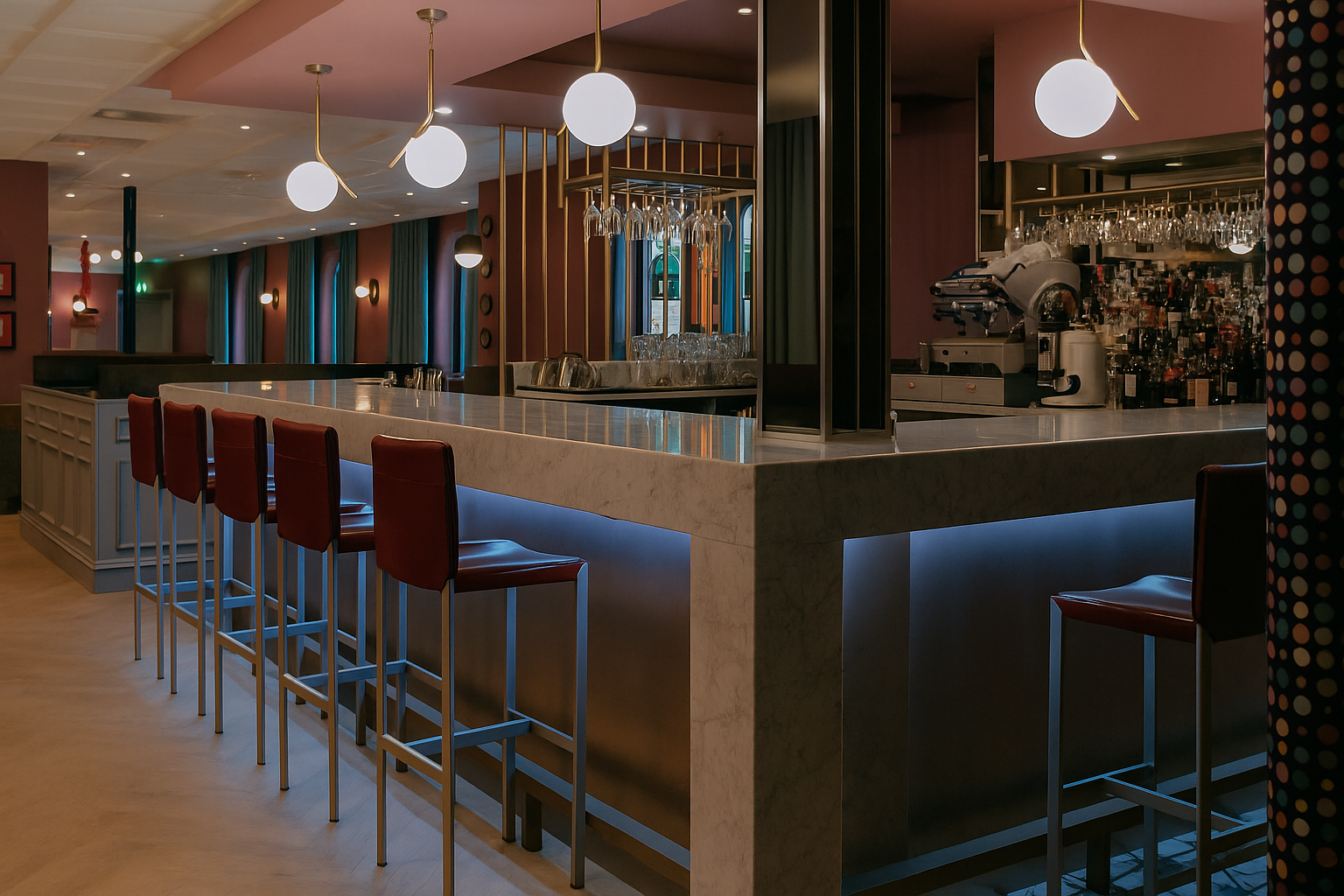Contractors face mounting pressures in today’s construction landscape. With 91% of construction firms struggling to fill positions and cost overruns averaging 35% on building projects, the industry needs practical solutions that deliver results. Professional office interior designers who understand construction can be your competitive advantage, addressing key contractor issues while accelerating project timelines and improving outcomes.
The Real Problems Contractors Face
The construction industry is dealing with serious challenges that impact every project. Labor shortages affect project timelines, with 61% of projects experiencing delays due to staffing shortages. Cost overruns have become the norm, with disputed costs averaging $100 million per project and representing over 33% of total capital expenditure. Communication breakdowns between stakeholders create rework and scheduling conflicts, while supply chain disruptions add uncertainty to material procurement and delivery schedules.
Design related issues cause significant problems, affecting 44.8% of projects through inaccurate, incomplete, or late designs. These problems create cascading effects that impact budgets, schedules, and quality outcomes. Traditional project delivery methods where design and construction operate separately often lead to miscommunication and finger pointing when problems arise.
Early Coordination Prevents Costly Changes
An office interior designer involved from project start coordinates with all trades early, preventing the miscommunication that causes delays. They provide comprehensive plans including millwork details, elevations, and material specifications, eliminating guesswork that leads to errors and rework. This detailed documentation serves as a roadmap for contractors, reducing change orders that typically occur when office interior design requirements clash with construction realities.
Professional commercial interior design teams understand building systems and create spaces where everything works together. They coordinate electrical layouts before drywall installation, specify materials that are actually available, and ensure office furniture design plans consider installation logistics. This proactive approach keeps projects moving smoothly from conception to completion.
Improved Communication and Documentation
Design build interior partner relationships create single point accountability that simplifies project management. Interior designers act as intermediaries for aesthetic concerns, handling client feedback before it reaches contractors. This buffer system eliminates miscommunication and reduces time wasted on unnecessary rework.
Professional office interior design teams use digital platforms to share drawings, specifications, and revisions, ensuring all parties have access to current information. They leverage Building Information Modeling and 3D visualization to identify conflicts before they reach job sites, preventing clash detection problems that create contractor issues.
Supply Chain Management and Procurement
Office interior designers with construction knowledge understand lead times and can coordinate selections with project schedules. Instead of discovering that custom millwork will delay projects by weeks, they specify alternatives or adjust timelines proactively. Their established relationships with suppliers, manufacturers, and specialized trades expedite procurement of materials and services.
Commercial interior design professionals often have capacity to negotiate favorable terms for bulk purchases, securing materials at competitive rates and resulting in cost savings for contractors. Their knowledge of readily available items helps contractors avoid delays associated with back ordered products.
Reduced Rework and Quality Control
Construction savvy office interior designers catch problems early and propose solutions that maintain design integrity while respecting construction realities. They conduct regular site reviews to ensure design intent is followed by all trades, preventing expensive corrections after installation. This ongoing involvement ensures commercial interior design visions translate accurately into built environments.
Professional designers familiar with building codes ensure plans are legally compliant, meaning fewer red flags from city officials, faster approvals, and no last minute revisions that disrupt timelines. They design for safety and accessibility, integrating health, fire, and accessibility codes at the initial design stage to avoid future compliance challenges.
Cost Control and Budget Management
Design build interior partner approaches complete projects 25% faster than traditional methods, with integrated teams providing more accurate budget forecasting from the start. When office interior designers understand construction processes, they create realistic budgets that accommodate design elements while staying within financial constraints.
Professional commercial interior design that considers construction logistics improves quality outcomes while controlling costs. Designers work within established project budgets, eliminating risk of developing designs that cannot be achieved due to cost constraints. Their early involvement allows focus on key design features that impact human experience while presenting options that achieve goals within budgets.
Reduced Project Delays
Projects with collaborative design build approaches complete faster because office interior designers help anticipate contractor issues like supply chain delays, miscommunication, and layout bottlenecks. Their technical understanding shortens timelines through streamlined decision making and fewer change orders.
Office furniture design that considers installation logistics reduces delays and improves project flow. Professional designers coordinate furniture delivery with construction schedules, ensuring items arrive when needed and fit where intended. This coordination prevents the 67% schedule extensions that typically plague projects with poor planning.
Technology Integration and Modern Solutions
Professional office interior designers increasingly use Building Information Modeling, 3D visualization, and digital project management tools to enhance collaboration between design and construction teams. These technologies help identify and resolve potential cost issues early, enable enhanced value engineering, and ensure projects stay within budget while achieving desired outcomes.
Cloud based collaboration platforms allow stakeholders to access project updates in real time, with automated notifications and workflow approvals keeping everyone informed about schedule changes and modifications. This reduces risk of costly errors caused by miscommunication or lack of information.
Industry Statistics Supporting Integrated Approaches
Research shows design build projects are delivered 102% faster than traditional design bid build methods and 61% faster than construction manager at risk approaches. With construction timelines having increased 25% to 30% compared to five years ago, this efficiency advantage becomes crucial for competitive success.
The construction industry needs an estimated 546,000 additional workers to meet production demands, making efficiency more important than ever. Professional office interior design that accelerates rather than hinders construction becomes a strategic asset in this environment.
Selecting the Right Office Interior Designer
Look for commercial interior design firms with construction experience, design build interior partner capabilities, and demonstrated success in contractor collaboration. The best office interior design professionals can discuss technical details and show experience working on job sites rather than just in showrooms.
Ask about their understanding of building codes, trade coordination, and construction scheduling. Professional designers who solve contractor issues provide clear specifications, coordinate with trades, and make decisions that keep projects moving forward.
Establishing Effective Workflows
Begin projects with clear communication about design intent, timelines, and budget constraints. When office interior designers and contractors align on key performance metrics including cost targets, schedule milestones, and safety goals, projects run more smoothly.
Regular coordination meetings and updates help address challenges that arise during projects, ensuring changes are managed efficiently. Professional commercial interior design teams that understand construction create detailed schedules that identify dependencies and estimate realistic timelines.
Frequently Asked Questions (FAQ):
How do professional office interior designers actually make construction faster?
Office interior designers with construction knowledge accelerate projects by coordinating with trades early, providing detailed documentation, and preventing miscommunication that causes delays. They specify materials that are readily available, coordinate office furniture design with construction schedules, and solve contractor issues proactively rather than reactively.
What makes a design build interior partner different from regular office interior design services?
A design build interior partner combines office interior design expertise with construction knowledge under one contract. This integration eliminates communication gaps and coordination problems that slow traditional projects. Instead of separate contracts for design and construction, clients work with a single team handling both commercial interior design and implementation.
What specific contractor issues do professional commercial interior design teams solve?
Commercial interior design professionals solve supply chain disruptions by maintaining supplier relationships and coordinating deliveries. They prevent cost overruns through accurate specifications and early coordination. They eliminate communication problems by serving as single points of contact for design decisions. Most importantly, they reduce the 44.8% of projects affected by design related problems through proper planning and documentation.
Measuring Success
Track project completion times, budget adherence, and change order frequency to measure the impact of professional office interior design involvement. Successful design build interior partner relationships show improvements in all these areas while maintaining quality standards.
Monitor communication effectiveness, material procurement timing, and trade coordination efficiency to identify areas for continued improvement. The goal is creating repeatable processes that consistently deliver better outcomes for both contractors and clients.
Key Takeaways:
- Professional office interior designers with construction knowledge eliminate miscommunication that causes contractor issues and project delays
- Design build interior partner approaches complete projects 25% faster through coordinated planning and execution
- Commercial interior design professionals prevent costly change orders through early coordination and realistic planning
- Office furniture design that considers installation logistics reduces delays and improves project flow
- Construction savvy office interior design teams solve contractor issues before they become problems
- Integrated approaches provide single point accountability that simplifies project management for contractors
- Professional designers coordinate supply chains and procurement to prevent material related delays
- Office interior designers who understand building processes create more realistic and achievable solutions
- Design build interior partners improve budget control through accurate forecasting and value engineering
- Commercial interior design coordination prevents the 67% schedule extensions common in poorly planned projects
The construction industry continues evolving toward integrated approaches where professional office interior design and construction work together seamlessly. Smart contractors recognize that office interior designers who understand construction are valuable team members rather than obstacles. These partnerships create competitive advantages through faster delivery, better quality, and more satisfied clients. Success in today’s challenging construction environment requires embracing design and building interior partner relationships that prioritize both creative vision and construction reality.

